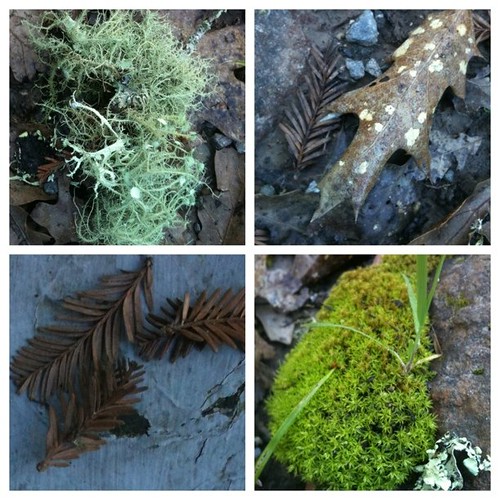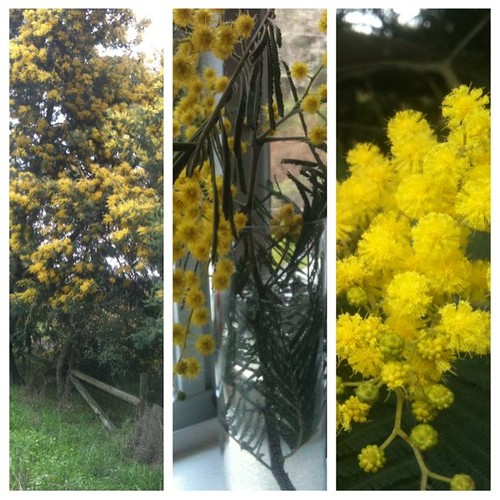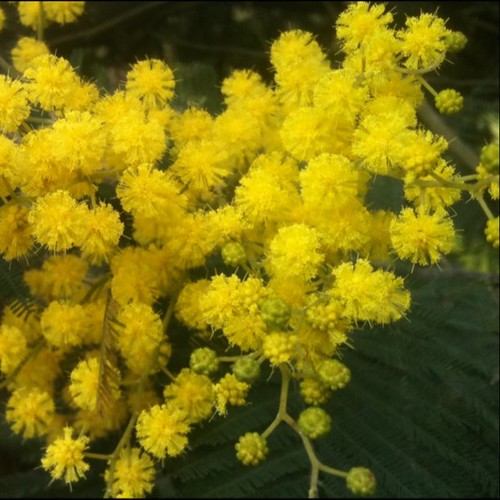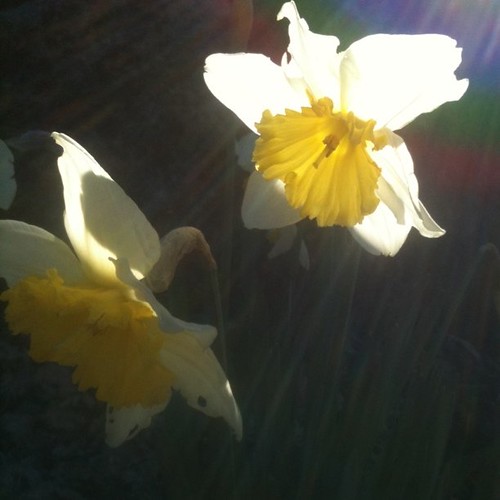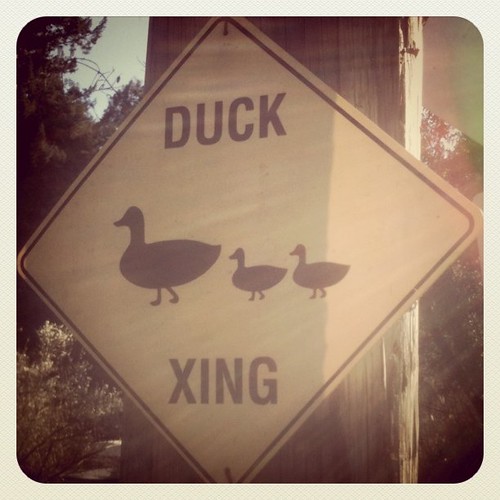 La Bastide du Parfumeur
La Bastide du Parfumeur is a conservatory and a botanical garden nestled between Grasse and Cannes, that has opened just recently - in 2007.
This is an unusual botanical garden. Expect none of the manicured and controlled French garden like those in Paris. What you’ll find here is a wild paradise of fragrant plants and flowers, arrange visually like one beautiful meadow that spills from the hills with endless surprises of unusually fragrant plants (most of which are famous for their use in perfumery, others less known or exotic – such as Seringat and Hymmemosporum). And between them grow in careless abandon unlabeled roses of surprising colours as well as wild oats and other weeds. The beauty of the place is breathtakingly unconventional. And it is arranged according to odour, a classification quite unusual for any garden. You’lld find rustic signs for vanillic notes, woody notes, citrus notes, herbaceous notes, spicy notes and so forth.

The list of sponsors is impressive on its own right (including perfumers such as Le Cristophs for examples), and also from talking to the gardeners I understand that Michel Roudnitska played a key role there in consulting about what plants to use and how to group them together.
Where to find it: 979 chemin des gourettes-06370 Mouans-Sartoux Tél : 04 92 98 92 69
Below are just some of the highlights to hold you over until you go there. Because you must do that.

The garden begins with mint groves that smell more impressive than they look. The Japanese mint is especially green, crisp and sweet and with hardly any camphoreous menthol aspects. And some are more sharp and strange than others. The picture above is of Bergamote Mint, which smells convincingly of bergamote. I'm guessing its the result of high presence of Linalyl acetate.

Next come some spicy and woody notes (I was happy to find Zantoxylum in the raw living form for the first time).
Other beautiful spicy notes belong to the many carnations the trimmed the plots, both pink and white (I spotted 3 types but all photos of one of the fuller-petaled pink ones turned only blurry).


The garden of white flowers included jasmine (not in bloom at the time visited), star jasmine and white roses.

I haven't spotted any plants around the Vanilla notes area, rigth next to the canal at the centre of the garden and across from the white florals - but this sign will give you an idea of how the garden was arranged. Each section had a note category stated by a sign that looked like this:

The fruity notes included sweet juicy strawberry, loquat and Ananas Sage, which is very unusual and mouthwatering with its pineapple-like notes. Of course I couldn't help myself and had a little picnic.



After fruity comes floral...





I really liked how the iris was planted right next to the acacia garden. There are common characteristics for these two notes - powdery, woody and floral and cool. There was only one bush in bloom, since the mimosa season in Grasse is January-February.

This is Seringat, a bush I'm unfamiliar with and am at loss describing its scent. It was floral and a little fruity - perhaps peachy - but I can't remember being able to come up with any other adjectives.

Next come the herbaceous notes, and there are plenty: rosemary, helicrysum, lavender, sage, clary sage, Roman chamomile, etc. and many types of pelargonium, including this strange looking one, Eucaliptus scented pelargonium and one that didn't have a sign and smelled intensely of animalic musk.


This particular helicrysum really smells like curry more than others.

I was surprised at how soft this dangerous plant smells. Sweet and almost coumarin like, despite all the thujone.

Roman chamomile, of course!

The aquaduct is at the centre of the garden and brings a powerful visual element of freshness and coolness, even though the water is neither good for drinking nor for bathing. You have to experience the heat of that Cote d'Azur day to understand it fully...

Notes Hesperide, which is French for citrus notes - here are bitter orange trees with lemon verbena in the space between them. Across from there is a plot with melissa (lemon balm) and lemongrass.

This exotic Australian tree was planted right next to the citrus plants, although it smelled more like a mixture of ylang ylang gand vanilla. There were also many fragrant pittosporums around this area, so judging by the plant's family, this must be the connecting reason. Or perhaps the orange blossom like aroma of some pittosporum blossoms. There is no mention of pittosporum on the garden's map.

Going down to the left side of the garden, there are open fields, less structure, and many wild flowers. I pass by sitting spots, some look sureal and all very beautiful - my favourite being two chairs in the middle of a lavender field. There is one plot for Jasmine (not blooming now), lavender fields and more herbaceous fields including more curry plants, sage and rose geranium. The garden ends with two large plots for Rose de Grasse (Rosa centifolia, aka Rose de Mai), and many wild poppies in pink and red.



